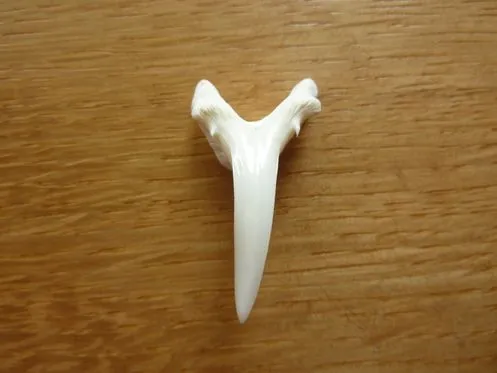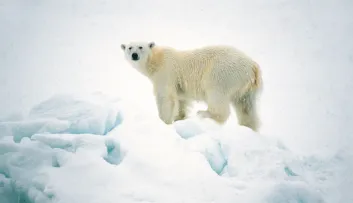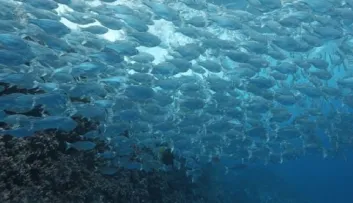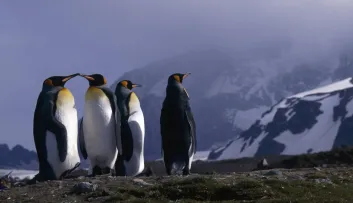Biodiversity 4mn
How many teeth do sharks have?
A shark would be a dentist's worst enemy !
About sharks with Nausicaá and Science et vie TV
Just as you wouldn't use the same knife to peel vegetables as you would to cut a steak, the shape of a shark's teeth varies depending on whether it feeds on crustaceans or fish!
Teeth and diet
Sharks that feed on fish have sharp, pointed teeth, like the sand tiger sharks or the shortfin mako shark. Tiger sharks and sandbar sharks, which eat larger prey, have triangular teeth with serrated edges to help them cut up their prey.
Atlantic nurse sharks, which live on the seabed, feed on bony fish, rays or crustaceans, and they use their flattened teeth to crush their prey.
However, sharks survive on very little food: they consume between 0.5 and 3% of their body weight per day. They digest food very slowly, and a meal can take up to 4 days to be digested.
This is a far cry from the image of the voracious predator!
- Shortfin mako sharks use their tapered, backward-facing teeth to hook fish and squid as they swim along.
- Sand tiger sharks use their pointed teeth to pierce the skin of fish and the shells of crustaceans.
- Tiger sharks and sandbar sharks use their triangular teeth to cut pieces out of large prey.
- Atlantic nurse and zebra sharks use their flat teeth to crush flatfish, crustaceans and molluscs.
Teeth throughout their entire lifespan
Sharks are unique in that they have teeth throughout their entire existence.
The shark's teeth, which are spread out in several rows, get replaced as soon as they fall out.
A shark would be a dentist's worst enemy, as some sharks lose more than 30,000 teeth during their lifetime!

How many teeth do sharks have?
Ready for a quick arithmetic exercise? With a number of teeth varying from 190 to 1014, sharks have no difficulty in seizing their food.
- Sandbar shark: 28 teeth per mandible spread over 6 rows: total of 336 teeth
- Sand tiger shark: 39 teeth at the top and 36 at the bottom spread over 6 rows: total of 450 teeth
- Western wobbegong: 23 teeth at the top and 15 at the bottom spread over 5 rows: total of 190 teeth
- Zebra shark: 36 teeth at the top and 42 at the bottom spread over 13 rows: total of 1014 teeth
Sharks under pressure
The pressure exerted by the jaws of some sharks is staggering: up to 60 kg per tooth. Add to this the high degree of mobility of the jaws and the fact that they are independent, and it's easy to understand the impact of a shark bite.
The two largest sharks, the whale shark and the basking shark, are both peaceful eaters of plankton and crustaceans. Along with the megamouth shark, they are also filter-feeding sharks.
Predators serving biodiversity
The shark is a formidable predator whose role is to ensure the health of the oceans. Indeed, certain species of shark feed on sick or weak animals and act as natural regulators of lower predator populations.
The system becomes unbalanced when populations of predators such as sharks decline as a result of overfishing. In consequence, the populations of opportunistic species such as shrimps, crabs and jellyfish increase, while those of benthic invertebrates decrease as a result of predation. Pressure from fishing is gradually being exerted on lower and lower levels of the food chain, giving way to small fish at intermediate and lower levels, jellyfish and plankton blooms, and a devastated ecosystem!
A predator falling victim to human predation
One hundred million sharks are killed every year, mainly as a result of fishing for their fins. Despite the apparent ferocity of certain species and their impressive teeth, sharks are fragile creatures and need to be protected.
Guided tour: the sharks at Nausicaa
Have you ever wondered: are sharks really dangerous? Are there any sharks in France? What is the largest shark? And the smallest? Or even how many teeth do sharks have?
If your children keep asking you these questions and you're looking for the answers, then Nausicaá's special shark tour is just perfect for you!


